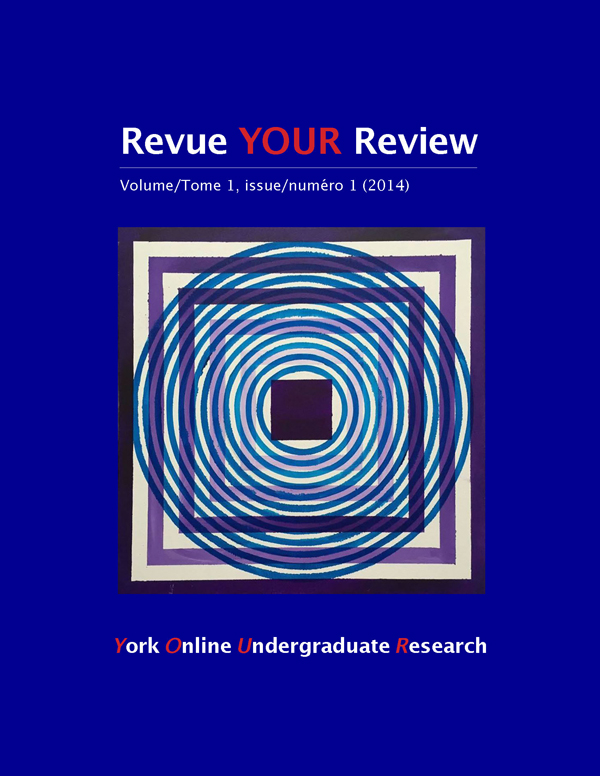The Influence of Sexual Orientation and Fear on Women's Mobility in the Built Urban Environment at Night (abstract)
Résumé
Women are frequent targets of violence in the night-time city. This can cause a fear of night and of urban space and can also affect mobility: women may avoid spaces perceived to be dangerous and may be drawn to other spaces thought to be safe. This fear can also impact individuals on a behavioural level, such as changing one’s appearance in order to seem less attractive in an attempt to avoid being a target of violence. This case study explores the issue of urban violence by asking the following question: does sexual orientation influence women’s spatial mobility, motivated by fear, in the built urban environment at night? Research was carried out in downtown Toronto, a city with a prosperous night-time economy and well-known issues of safety. A sample of ten women, five straight and five gay, were selected, with as much homogeneity among respondents as possible in terms of ethnicity, age, social class, area of residence, familiarity with the built environment, and primary method of transportation, in order to identify the influence of sexual identity and fear on mobility. The study reveals a variety of types and sources of fear, mobility patterns, and coping mechanisms among respondents, and suggests that a masculine built urban environment does not address women’s needs. Lesbian women are an intriguing, and often overlooked, group to study as they are the victims of much hate crime. In addition to fearing rape by a male figure, they also carry the burden of fear of homophobic crime.Téléchargements
Comment citer
Numéro
Rubrique
Licence
Les auteurs qui contribuent à la Revue YOUR Review acceptent de publier leurs articles selon une des trois catégories de la licence 4.0 : Creative Commons Attribution 4.0 International; Creative Commons Attribution-Pas d'Utilisation Commerciale 4.0 International; ou Creative Commons Attribution-Pas de Modification 4.0 International. Tout contenu éditorial de ce site ainsi que les affiches et les résumés sont sous la licence Creative Commons Attribution-Pas de Modification 4.0 International. Pour plus d’informations, veuillez voir :
https://creativecommons.org/licenses/
Dans tous les cas, les auteurs conservent leurs droits d’auteurs et concèdent à la Revue YOUR Review le droit de première publication. Les auteurs peuvent, par la suite, conclure d’autres accords de distribution non exclusifs de la version publiée dans ce périodique (par exemple, l’afficher à un dépôt institutionnel ou le publier dans un livre ou dans un autre périodique) à condition que la reconnaissance fasse mention de la publication originale dans la Revue YOUR Review.


